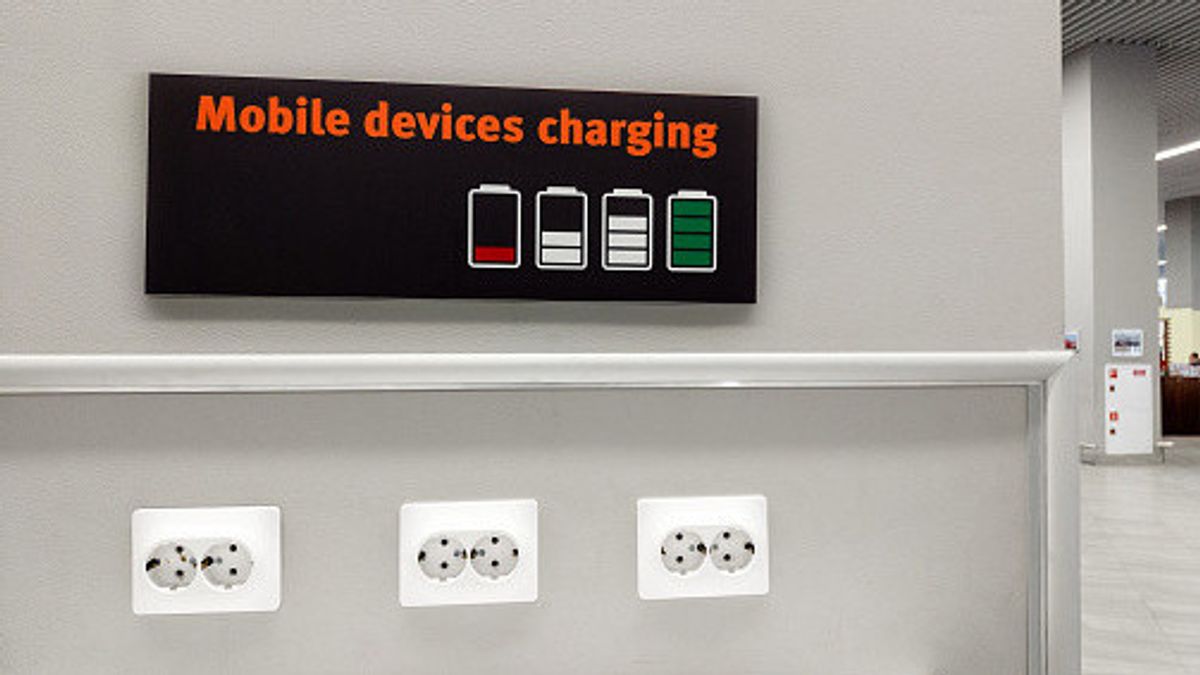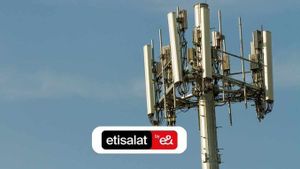JAKARTA - Juice jacking is a cybercrime technique that is carried out by retrieving data from a smartphone or tablet device via a charging cable. This technique has been known since 2011 and is getting more and more popular lately.
The way juice jacking works is very simple. Criminals will plant malware in charging cables or USB sockets that are generally available in public places such as airports, train stations, and malls.
When the victim connects his smartphone device to a modified cable or outlet, the malware retrieves data from the device, including personal information such as phone numbers, email addresses, and even passwords.
The impact of juice jacking can be very detrimental to the victim. Stolen data can be used by criminals to commit acts that are detrimental to victims, such as identity theft or financial fraud. In addition, malware installed on the victim's device can also interfere with device performance and cause damage to the system.
Some of the more high-profile cases of juice jacking involved the Los Angeles International Airport in 2018, where a modified USB socket in a Delta Air Lines terminal was used to perform juice jacking.
اقرأ أيضا:
Another case occurred in Germany in 2019, where a criminal managed to collect data from around 1.000 victims via modified charging cables at a music festival.
To avoid becoming a victim of juice jacking, there are several things you can do. First, avoid using cables or USB outlets that you don't recognize or that are located in public places.
Second, use a power bank or bring your own charging cable when traveling. Third, make sure to always close USB access on your device when not in use. And lastly, always check your device after connecting it to an unknown cable or USB outlet.
The English, Chinese, Japanese, Arabic, and French versions are automatically generated by the AI. So there may still be inaccuracies in translating, please always see Indonesian as our main language. (system supported by DigitalSiber.id)


















